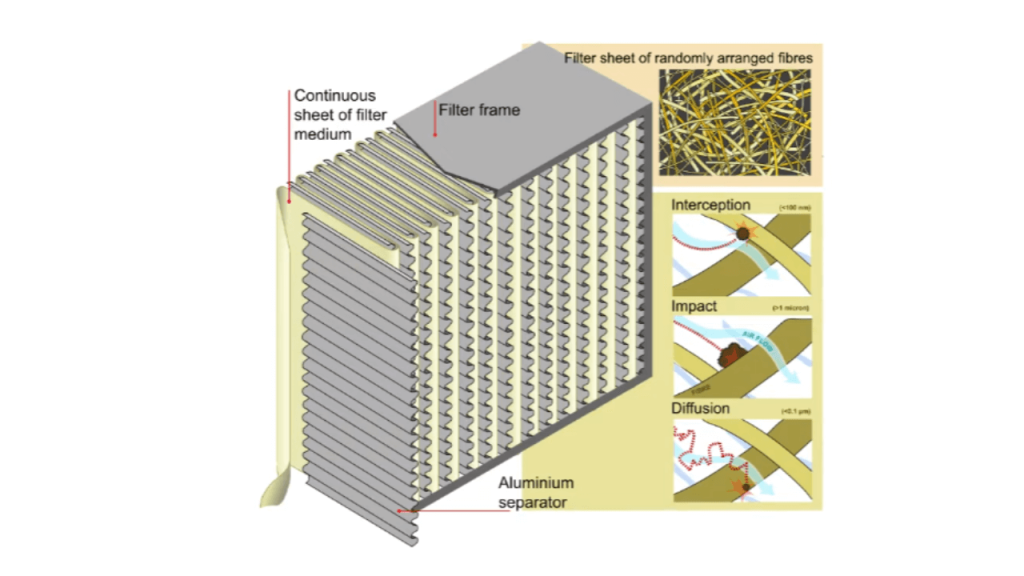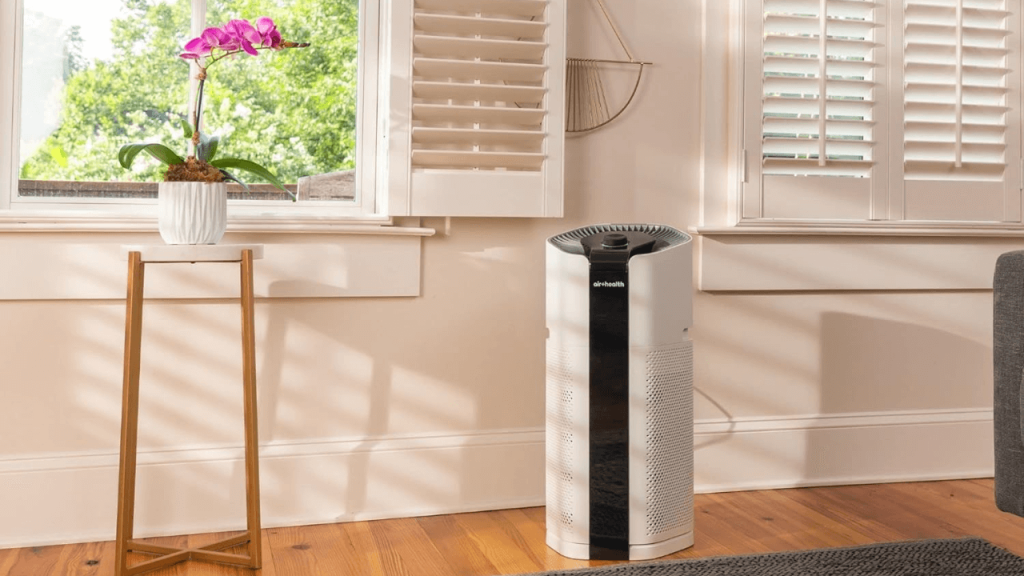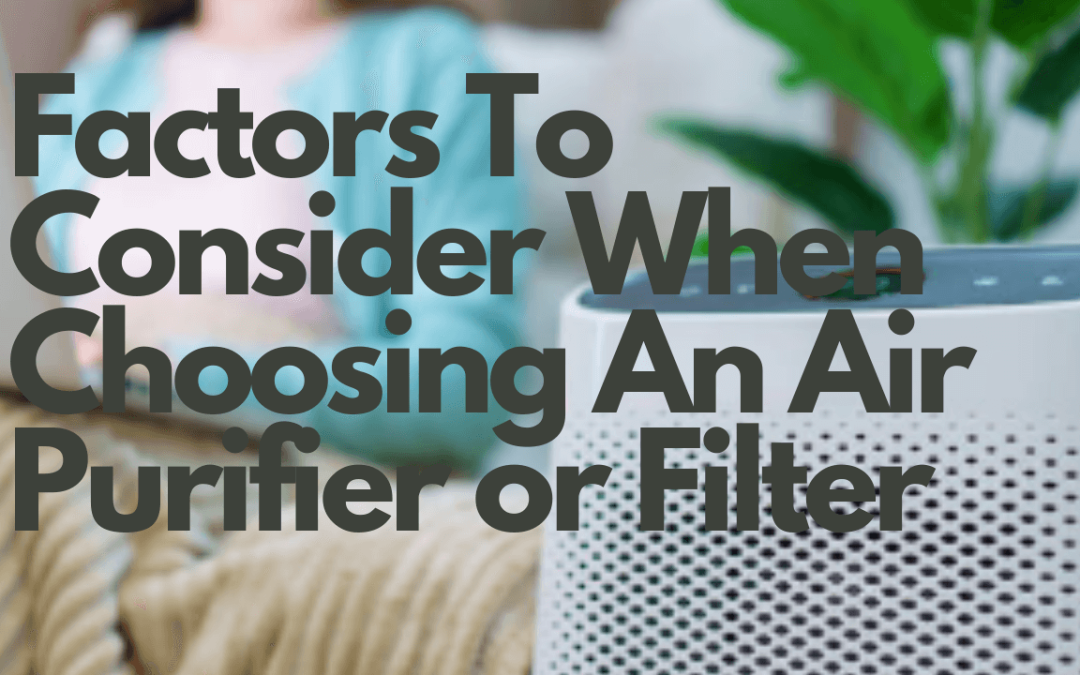Indoor air quality is a paramount concern for maintaining a healthy living environment, I recognize its significance. Subpar air quality can have detrimental effects on respiratory health, trigger allergies, and pose various other health risks. Fortunately, one effective solution for enhancing air quality is the utilization of air purifiers or filters. These devices are designed to eliminate particles and pollutants from the air, creating a cleaner and safer breathing environment.
Nevertheless, I understand that the wide array of air purifiers and filters available in the market can be overwhelming. Selecting the most suitable option for your specific needs requires careful consideration of various factors. These include the size of the room, specific air quality concerns, noise level preferences, energy efficiency considerations, and maintenance and replacement costs. In this blog post, I aim to provide comprehensive insights into these factors, enabling you to make a well-informed decision when choosing an air purifier or filter for your home or office.
Rest assured, by taking these factors into account and making a thoughtful choice, you can significantly enhance indoor air quality, ensuring a healthier and more enjoyable living or working environment.
Types of air purifiers/filters
There are various types of air purifiers and filters available in the market, each with its own set of advantages and disadvantages. I understand the importance of choosing the right one based on your specific needs. Familiarizing yourself with the differences between these types will enable you to make an informed decision.
Some common types of air purifiers and filters include:
HEPA (High-Efficiency Particulate Air) Filters: HEPA filters are widely recognized and popular for their ability to remove 99.97% of particles that are 0.3 microns or larger. They excel at eliminating allergens, dust, and other small particles from the air. However, they are less effective at removing odors or volatile organic compounds (VOCs).

Activated Carbon Filters: Activated carbon filters are excellent at tackling odors and VOCs, making them a suitable choice for households with pets or smokers. However, they may require more frequent replacement compared to other filter types and are not as efficient at removing particles.
Ionizers: Ionizers work by emitting negatively charged ions into the air, causing positively charged particles to become heavy and fall to the ground. They effectively remove particles from the air. However, it’s important to note that some ionizers may produce ozone, which can be harmful to health if generated in high levels.
UV-C Filters: UV-C filters utilize ultraviolet light to eliminate bacteria, viruses, and other microorganisms in the air. They are effective at eliminating germs, but their particle removal capabilities are comparatively lower.
Ozone Generators: Ozone generators operate by producing ozone, which reacts with pollutants in the air, aiding in their removal. Nonetheless, caution must be exercised as they can generate high levels of ozone, which can be harmful to health if produced excessively.
Room size and air purifier capacity
When selecting an air purifier or filter, it’s essential to consider the room size where it will be utilized. The capacity of an air purifier refers to its ability to clean a specific volume of air within a given time frame. Opting for an air purifier with the appropriate capacity is crucial to ensure optimal air cleaning efficiency.
One useful method to determine the suitable air purifier capacity for your room is by employing the Clean Air Delivery Rate (CADR) rating system. CADR rating measures the volume of clean air an air purifier can deliver in cubic feet per minute (CFM). A higher CADR rating signifies a more effective air purifier in terms of removing pollutants from the air.
To determine the appropriate CADR rating for your room, consider the square footage of the room and the recommended air changes per hour (ACH) for the specific pollutants of concern. As a general guideline, select an air purifier with a CADR rating that is at least two-thirds the size of your room.
For instance, if you have a room with a size of 300 square feet and you aim to remove dust particles, an air purifier with a CADR rating of at least 200 CFM, which is two-thirds of the room size, would be appropriate. Conversely, if you want to eliminate tobacco smoke, which is more challenging to filter than dust particles, you would require an air purifier with a higher CADR rating, such as 300 CFM.
By carefully selecting an air purifier with a suitable capacity for your room, you can ensure effective air cleaning and create a healthier living environment.
Noise level
The noise level of an air purifier or filter is a crucial consideration, particularly when using it in a bedroom or other quiet spaces. Certain air purifiers can generate loud or disruptive noise, which can be distracting or hinder quality sleep.
When choosing an air purifier or filter, it’s important to take into account the decibel (dB) level of the device. Decibels serve as a unit of measurement for sound intensity. A normal conversation typically ranges between 60-65 dB, while a vacuum cleaner can produce around 70 dB of noise.
By comparison, a quiet air purifier may generate 30-40 dB of noise on its lowest setting, while a louder unit may produce 60-70 dB of noise on its highest setting. When selecting an air purifier, consider your personal preference for noise level and the intended use of the device.
Some air purifiers also offer noise-reducing features, such as a low-speed fan or a sleep mode, which can effectively diminish noise levels. If the noise level is a concern for you, seek out an air purifier equipped with these features to ensure a tranquil and undisturbed living environment.
Maintenance
Maintaining your air purifier or filter is crucial for ensuring its ongoing effectiveness and efficiency. I understand the importance of regular maintenance in extending the lifespan of the device while also saving you money in the long run.
Here are some essential maintenance tasks to consider for your air purifier or filter:
Filter replacement: Most air purifiers and filters require periodic filter replacements to ensure optimal air cleaning. Refer to the manufacturer’s recommendations for the appropriate filter replacement schedule and diligently follow these guidelines to maintain the device’s peak performance.
Cleaning: Regularly cleaning the exterior of your air purifier or filter is essential to prevent dust and dirt buildup, which can hinder its efficiency. Use a damp cloth or sponge to clean the device’s exterior, adhering to the manufacturer’s specified cleaning instructions.
Pre-filter cleaning or replacement: Certain air purifiers feature a pre-filter that requires regular cleaning or replacement. This pre-filter aids in prolonging the primary filter’s lifespan and enhancing the overall efficiency of the device.
UV-C bulb replacement: If your air purifier incorporates a UV-C filter, it may also utilize a UV-C bulb that necessitates periodic replacement. Consult the manufacturer’s recommendations to determine the bulb replacement intervals and diligently adhere to these guidelines to maintain effective air cleaning performance.
Regular testing: Periodically testing the air quality in your home is beneficial in verifying the effectiveness of your air purifier or filter. Utilize an air quality monitor to assess the air quality before and after operating the device, enabling you to gauge its performance.
By diligently following these maintenance tips, you can ensure that your air purifier or filter functions optimally, providing you with a healthier living environment.
Additional features

When selecting an air purifier or filter, it’s essential to take into account any additional features that may be important to you. These features can enhance the functionality and convenience of the device to better suit your needs. Here are some common additional features to consider:
Wi-Fi connectivity: Certain air purifiers offer the convenience of Wi-Fi connectivity, allowing you to control and monitor the device remotely using a smartphone app. This feature enables you to adjust settings and monitor air quality even when you’re not at home.
Smart sensors: Some air purifiers are equipped with smart sensors that can detect changes in air quality. These sensors automatically adjust the device’s settings based on the detected pollutants, ensuring efficient and targeted air purification.
Multiple fan speeds: Air purifiers with multiple fan speeds allow you to customize the fan’s speed according to your preferences and the current air quality conditions. This feature provides flexibility in airflow control.
Filter replacement indicators: Certain air purifiers have built-in filter replacement indicators that notify you when it’s time to replace the filter. This feature simplifies maintenance and ensures that you replace the filter promptly to maintain optimal air-cleaning performance.
Night mode: Some air purifiers offer a night mode feature specifically designed for creating a peaceful sleeping environment. In night mode, the device operates quietly with reduced noise levels and dimmed lights, allowing you to sleep undisturbed.
Energy efficiency: Consider choosing an air purifier with an Energy Star rating. Opting for an energy-efficient air purifier can help conserve electricity and reduce your carbon footprint.
Odor reduction: Certain air purifiers feature specialized filters or technologies designed to effectively reduce or eliminate odors from the air. This can be particularly beneficial if you are concerned about unpleasant odors in your living environment.
Conclusion
When it comes to selecting an air purifier or filter, you must take various factors into account to ensure the best choice for your specific requirements. Some crucial factors include the type of filter, the size of the unit, the Clean Air Delivery Rate (CADR) rating, noise level, maintenance needs, and any additional features.
Considering these factors, along with your unique needs and preferences, will enable you to make an informed decision and select an air purifier or filter that efficiently and effectively cleans the air in your home or office. It is also important to factor in the cost of the unit and any ongoing maintenance expenses to ensure it aligns with your budget.
Investing in a high-quality air purifier or filter can significantly enhance the air quality in your living or working environment, reducing the risk of health issues associated with poor air quality. By choosing a unit that caters to your specific needs and preferences, you can enjoy cleaner, healthier air and create a more comfortable living or working space.

